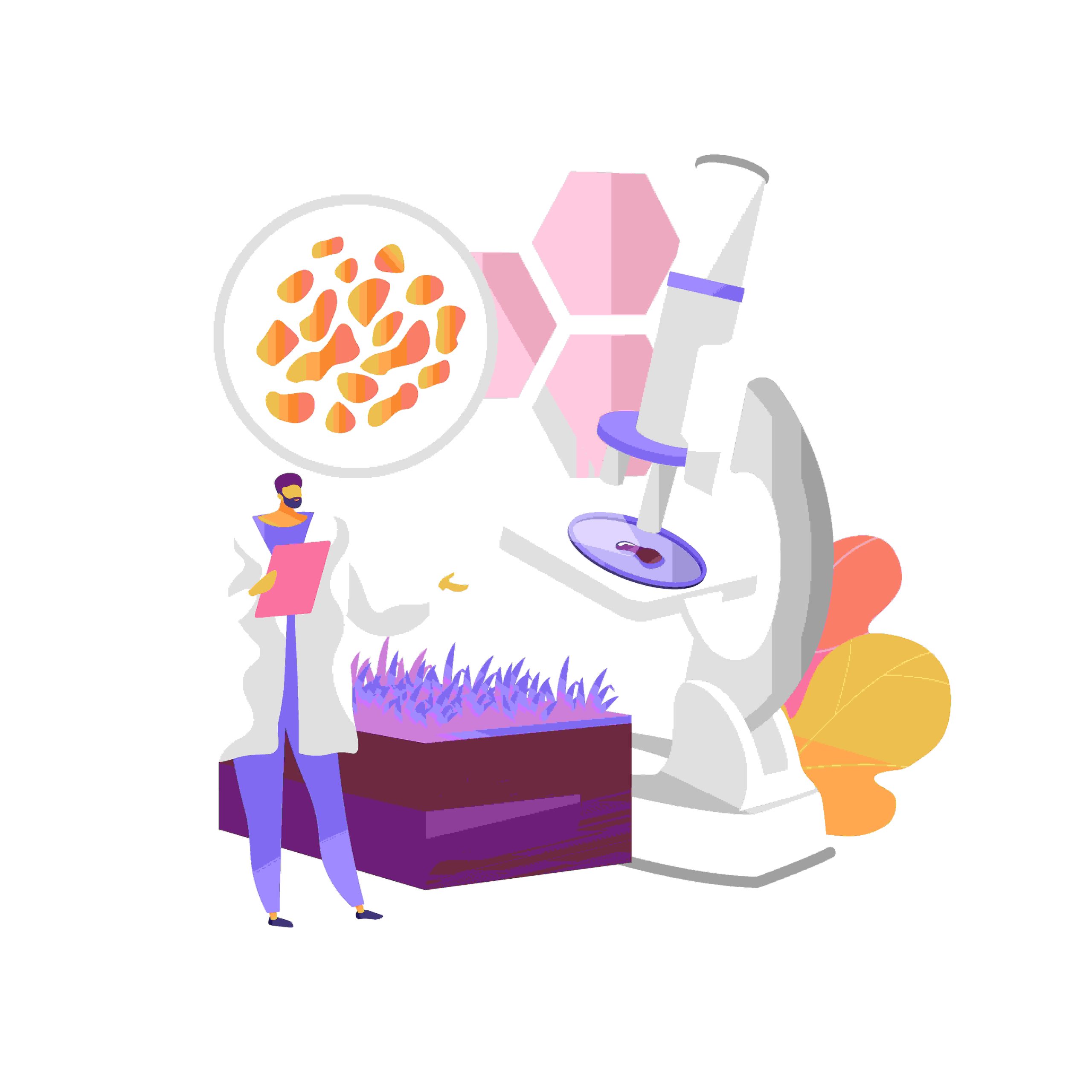Bioconjugation is a powerful technique used to modify and improve biological systems. It involves the creative coupling of two molecules usually through covalent or non-covalent interactions to create novel structures with an increased range of activities. Whether for therapeutic, diagnostic, or research applications, bioconjugation can be used to create products and generate data that would otherwise not exist. In this post, we will explore what bioconjugation is, how it works, as well as when it should be employed for successful results.
What is bioconjugation and why is it important
Bioconjugation is a powerful tool used in the field of biotechnology to modify or enhance the properties of biological molecules, such as proteins, peptides, and nucleic acids. It involves the covalent attachment of a synthetic molecule or another biological molecule to a biomolecule of interest. This process opens up many possibilities for application within the industry, including targeted drug delivery, diagnostics, and bioimaging. Bioconjugation has become increasingly important in the development of cutting-edge therapies for cancer, Alzheimer’s disease, and various other illnesses, as it allows drugs to be delivered directly to specific cells or tissues. With the application of bioconjugation, researchers are finding innovative ways to tackle some of the most challenging health issues of our time.
Techniques used in bioconjugation
Bioconjugation involves the joining of two molecules or substances in a controlled and precise manner. This process involves the use of specific techniques that allow for the modification of molecules, making them more compatible for use in biotechnological applications. Techniques employed for bioconjugation are diverse and include chemoselective reactions, genetic engineering techniques, and bioorthogonal reactions. Chemoselective reactions are used for conjugating molecules that contain free groups such as carboxylic acids or amines. Genetic engineering techniques are employed to genetically modify cells in order to express specific proteins or to add tags that can be used later for bioconjugation. Lastly, bioorthogonal reactions are used to facilitate conjugation in living cells and tissues without affecting their normal functions. The ability to conjugate two molecules opens up new avenues for research in the fields of medicine, biochemistry and materials science.
Common applications of bioconjugation
Bioconjugation has become an increasingly important technique in the field of biotechnology. By attaching biological molecules to synthetic ones, researchers are able to add or modify the properties of biomolecules for a variety of applications. Some common applications of bioconjugation include drug delivery, which involves attaching drugs to carrier molecules for targeted release to specific cells or tissues. Bioconjugation can also be used to create biosensors for detecting specific molecules in samples. Furthermore, it has proven useful in the purification of proteins and in the development of vaccines. With its versatility and broad range of applications, bioconjugation is an essential tool for the development of new biotechnological products and processes.
Benefits of using bioconjugation
Bioconjugation is a powerful tool that has many benefits in the fields of medicine, biotechnology, and scientific research. It involves the coupling of molecules, such as drugs or antibodies, to biological substances, which can then be used to target specific cells or molecules in the body. This allows for the creation of highly targeted therapeutics that can be more effective and less toxic than traditional treatments. Additionally, bioconjugation can be used to attach various probes and tags to biological molecules, allowing for more precise imaging and detection of diseases and disorders. With these advantages, it is no wonder that bioconjugation has become a widely used technique in the biomedical field, and is continuing to be explored for even more potential applications.
Challenges associated with bioconjugation
Bioconjugation refers to the process of chemically linking biomolecules together. While this process has proven to be a powerful technique in various fields such as drug discovery, diagnostics, and therapeutics, it presents a few challenges. One major challenge is the potential for modification of the biomolecule’s structure. This modification can lead to a decrease in the biomolecule’s activity and effectiveness. Another challenge is the inability to control the site of conjugation. This may lead to non-specific binding, which can produce false results in diagnostic assays. Despite these challenges, bioconjugation remains a vital tool in the field of biochemistry and continues to push the boundaries of scientific discovery.
Tips for working with bioconjugation
Bioconjugation is a critical technique in the field of biotechnology, where biomolecules can be chemically linked with each other to create bioconjugates. These bioconjugates have numerous applications, including drug delivery, bioimaging, and biomolecular sensing. Working with bioconjugates, however, can be a challenging task. It requires careful planning and execution to ensure that the bioconjugation reaction is successful. To achieve this, researchers should consider several factors, such as the choice of coupling chemistry, the nature of the biomolecules being conjugated, and the reaction conditions. Careful consideration of these factors can ensure successful bioconjugation, leading to better results and a deeper understanding of biological processes. Bioconjugation, a widely employed technique, involves the process of enzyme conjugation. This method finds extensive application in diverse fields, enabling precise interactions between enzymes and other molecules as required.
In conclusion, bioconjugation is one of the most essential applications of synthetic chemistry today. By utilising a range of techniques and tactics, scientists are able to use bioconjugation to create custom strategies for drug delivery, gene therapy, and biomolecule tagging. Additionally, its many practical applications make it an attractive technology for researchers in academia and industry alike. However, there are challenges associated with employing bioconjugation such as overcoming steric hindrance and obtaining uniform labelling efficiency. To successfully work with bioconjugations, we recommend that researchers adhere to strict analytical protocols and utilise the highest quality reagents available on the market. Regardless of the obstacles that can arise with this complex technique, if done well it can yield powerful synthesis results for scientists working on many different projects. Bioconjugation is an invaluable tool that has revolutionized how science is conducted today.

